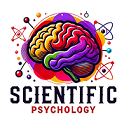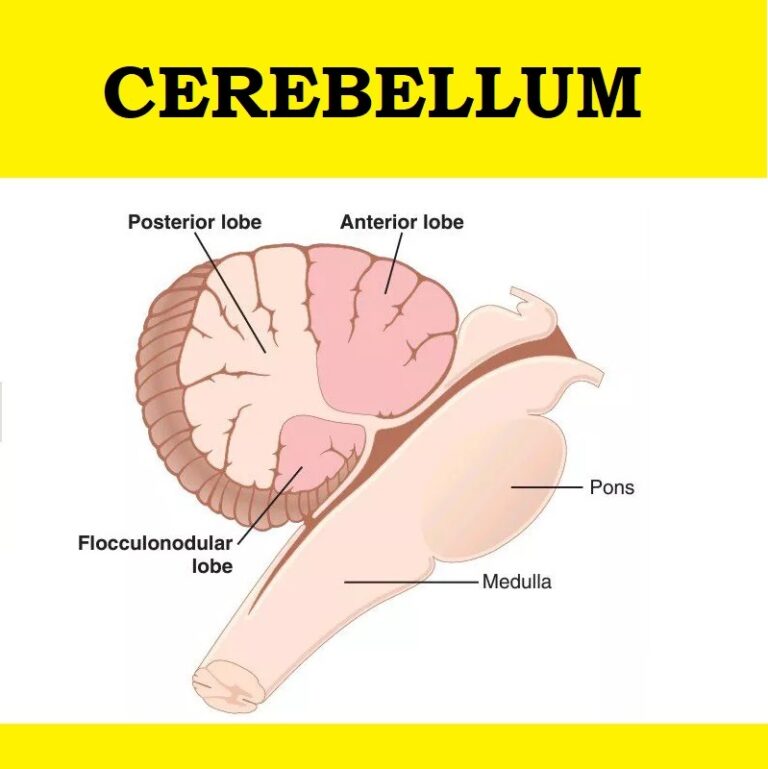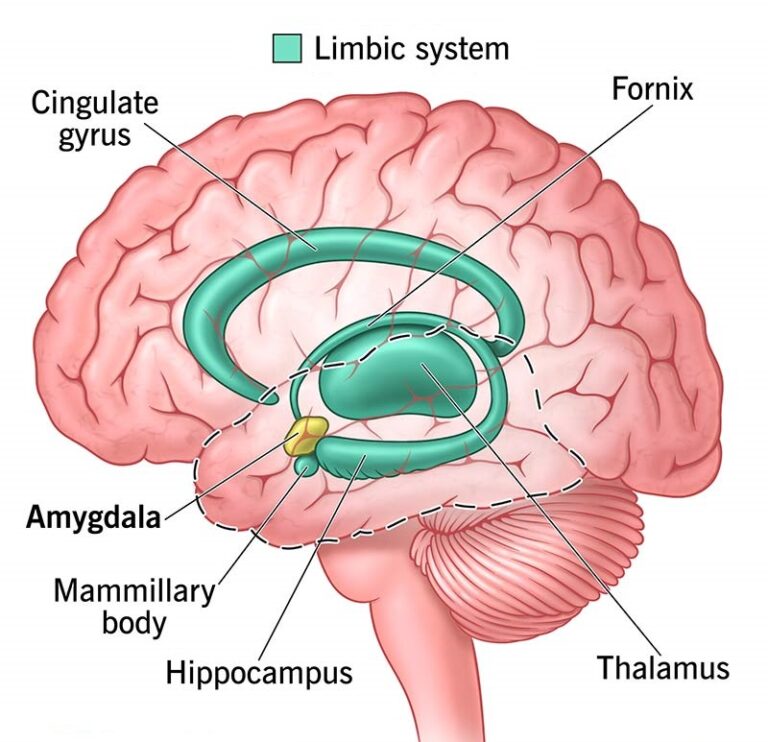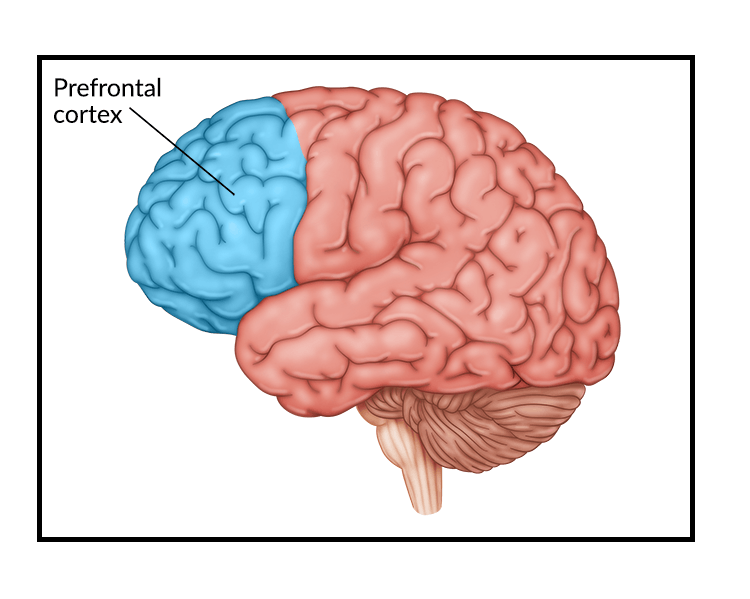
Vedanta and Upanishads: A Psychological Perspective
The Vedanta and Upanishads, foundational texts of Indian philosophy, delve deeply into the nature of consciousness, self, and mind. Their relevance to psychology lies in their exploration of human nature, personality, and mental health.
1. The Nature of Consciousness (Chit)
The Vedantic perspective identifies consciousness as the essence of existence:
- Chit (Pure Consciousness):
- Defined as the ultimate, unchanging reality (Brahman). It serves as the substratum of all experiences and awareness.
- Modern neuroscience explores consciousness similarly as the basis of cognition and awareness (Tononi et al., 2016).
- Turiya (Fourth State):
- Beyond waking, dreaming, and deep sleep, Turiya is pure awareness.
- It corresponds to the mindful state of being fully present, a focus of contemporary mindfulness-based therapies (Kabat-Zinn, 2003).
2. The Self (Atman)
- Atman: The eternal self, distinct from the transient body and mind.
- Ahamkara (Ego): The false self that identifies with possessions, body, or status.
Modern psychology correlates this with the concepts of true self and ego self, emphasizing that transcending ego can enhance mental well-being (Deci & Ryan, 2000).
Comparison: Atman and Ego
| Aspect | Vedantic View | Modern Psychology |
|---|---|---|
| True Self | Eternal, pure consciousness | Self-concept, core identity |
| Ego | False, transient identity | Ego, defensive mechanisms |
3. The Mind (Manas)
Vedanta conceptualizes the mind as a dynamic tool governed by multiple faculties:
- Manas: Processes sensory inputs.
- Buddhi: Makes decisions and judgments.
- Chitta: Stores memories and impressions.
- Ahamkara: Generates the sense of individuality.
These correspond to cognitive functions like perception, memory, and decision-making in modern psychology (Baddeley, 2003).
4. The Three Gunas: Personality Dynamics
The three gunas—Sattva, Rajas, and Tamas—offer a framework for understanding personality and behavior:
| Guna | Traits | Modern Parallel |
|---|---|---|
| Sattva | Harmony, wisdom, positivity | Emotional stability, self-regulation |
| Rajas | Activity, ambition, restlessness | High energy, but prone to anxiety |
| Tamas | Lethargy, confusion, resistance to change | Depression, lack of motivation |
Practical Application:
- Increasing Sattva: Through meditation, ethical living, and healthy habits.
- Balancing Rajas: Managing stress and adopting relaxation techniques.
- Reducing Tamas: Setting goals and cultivating self-discipline.
5. Chart: The Gunas and Mental States
Below is a radar chart visualizing the psychological traits associated with the three gunas:
Radar Chart: Guna Profiles
- Sattva: High harmony, clarity, and positivity.
- Rajas: High ambition but moderate instability.
- Tamas: Low energy and resistance to growth.
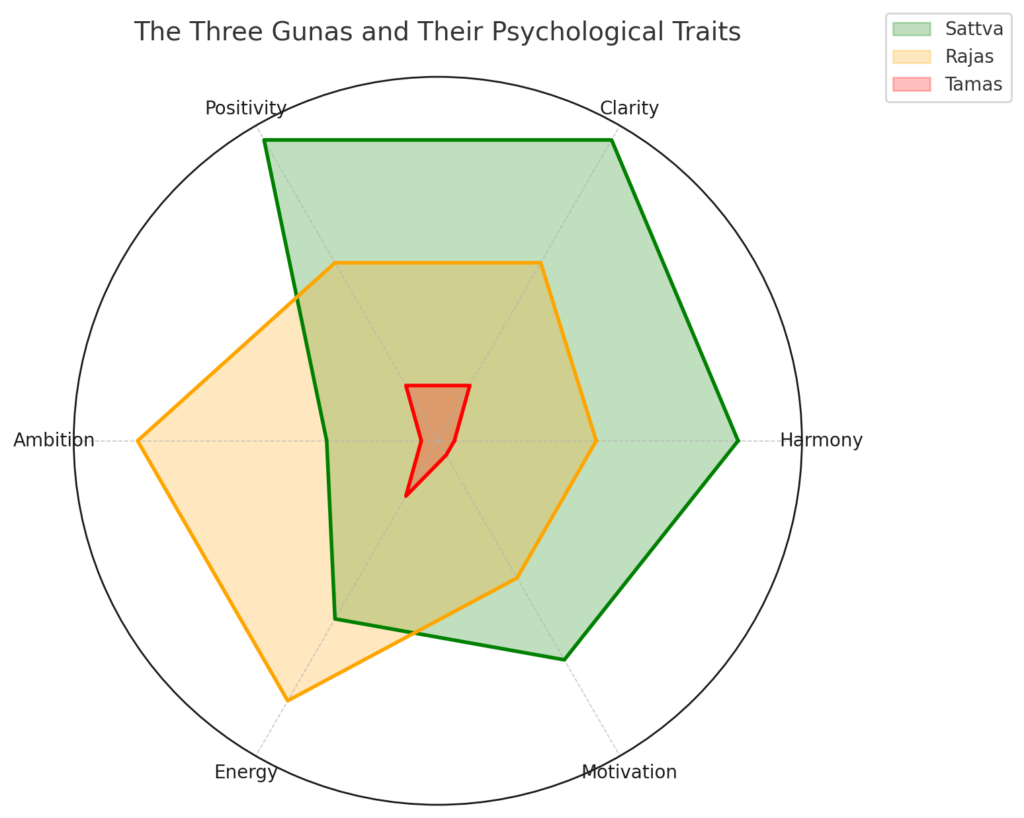
6. Practical Implications
- Mindfulness and Meditation:
- Vedantic practices align with modern mindfulness techniques to reduce stress and enhance focus (Kabat-Zinn, 2003).
- Self-Realization:
- Techniques like self-inquiry (Atma Vichara) help detach from ego-based thoughts, similar to psychoanalytic approaches (Freud, 1917).
- Personality Development:
- Applying the guna framework can foster emotional regulation and resilience.
- Therapeutic Interventions:
- Vedantic insights into the self and mind have inspired therapeutic practices like Yoga-Based Cognitive Behavioral Therapy (Sengupta, 2012).
7. References
- Baddeley, A. (2003). Working memory and language: An overview. Journal of Communication Disorders, 36(3), 189–208.
- Deci, E. L., & Ryan, R. M. (2000). The “what” and “why” of goal pursuits: Human needs and the self-determination of behavior. Psychological Inquiry, 11(4), 227–268.
- Kabat-Zinn, J. (2003). Mindfulness-based interventions in context: Past, present, and future. Clinical Psychology: Science and Practice, 10(2), 144–156.
- Sengupta, P. (2012). Yoga as a therapeutic intervention: A bibliometric analysis. Asian Journal of Psychiatry, 5(2), 116–119.
- Tononi, G., Boly, M., Massimini, M., & Koch, C. (2016). Integrated information theory: From consciousness to its physical substrate. Nature Reviews Neuroscience, 17(7), 450–461.
